#moss facts
Text
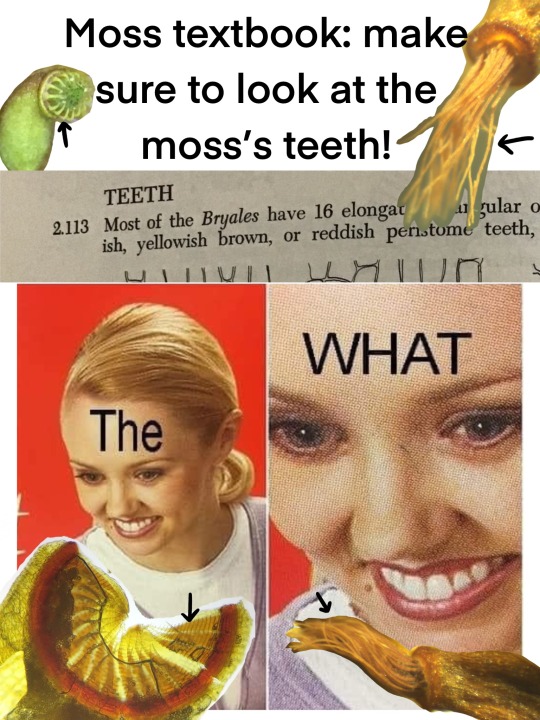
Mosses have teeth : )
So instead of flowers -which came hundreds of millions of years after mosses- mosses have capsules to hold spores. A little hat pops off the top of the capsule and you get these swirly sparkly structures that help scatter spores like a salt shaker! Those are the peristome “teeth”. The word “stoma” in peristome means mouth.
#botany shitposts#cursed moss facts#cursed botany#moss#mosscore#botany#bryology#science#bryophyta#bryophytes#moss facts#botany facts#moss fact#the what#mosses have teeth
193 notes
·
View notes
Text
Moss fact: mosses absorb water directly into cells via osmosis rather than roots.
5 notes
·
View notes
Note
if destiny takes lava baths, what does moss do?
Moss takes herbal baths, usually with warm water to keep her skin soft, she doesn't have scales like a normal enderman. It's more of like touching a frog. Her baths usually consist of herbs grown at home and handmade soaps
Like this kind of:
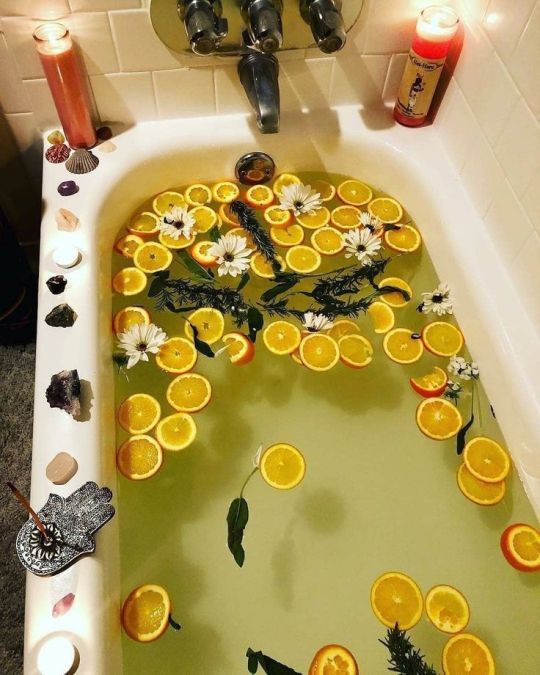
4 notes
·
View notes
Text

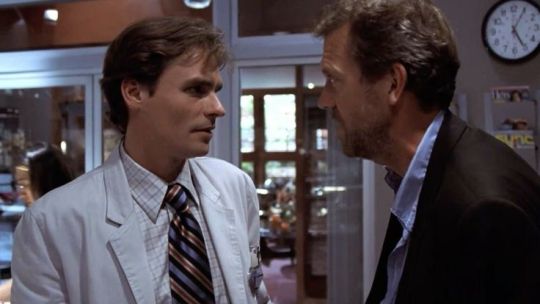







The way they fucking look at each other??? Omg???
#the fact that there's so many different pictures capturing their yearning jesus christ#house md#hate crimes md#greg house#james wilson#hilson#house x wilson#mosses random thoughts
1K notes
·
View notes
Text




polymer broadcast signal hijack
#pikmin#captain olimar#ft. louie captain shepherd and collin#as well as#moss (pikmin)#watched a stream series of pikmin 4 (its frankenbugs' series) thats what this is about really#but mostly. I just love olimar. I just really enjoy that man#also this really got me flexing those bande dessinée muscles from back thens lol#Ive missed drawin with this kinda proportions... I should do it more#Im gonna draw an olimar to put in my wallet. I need to make my life harder to explain to strangers#I also wanna. add more details to his space suit. make it look more like real life space suit for fun & entertainment#man I enjoy the animals in pikmin so much. they really are just like. animals. theyre animals#its great I love how genuinely bug-lookin the bugs are even with the stylization. pikmin and pokemon are really good at that#would like to learn how to do that... sometimes in the future#oh yeah fun fact. my effort at cleaning up my undercut a few days ago went badly. right before I went to a family reunion thing for 2 days#so I was goin out of my mind at that event postin abt olimar bc I love him#and then. when I got home. I decided to shave my head instead of trying to fix the haircut again#and so the sequence of events becomes I post about olimar -> I enter my bald arc#I am okay with this. have a good night lads. binding books is actually really fun u should try it
2K notes
·
View notes
Text
"Moss grows in all 47 countries, but there are three more countries no one has discovered yet that are completely inhabited by moss. The only solid and liquid are water and moss, and little mosslings walk around with their hands above their heads."
-Tyke James, lead singer of The Moss, Superbloom Music Festival 2022
1 note
·
View note
Text
IT'S HAPPENING
It was pretty obvious, I know, but today the petition for Hoon man begin!

I wanna S Q U E E Z E this silly spooky dopple


Edit: I forgot to link the petition " here "
#francis mosses#tnmn#that's not my neighbor#milkman#thats not my neighbor#hoon man#Fun fact: I was supposed to sleep rn but then I saw the creator post a new IG story#Funfact 2: I was expecting a new update but hoon man plushie made me jumped and so I have to screenshot and stormed to tumblr lol
190 notes
·
View notes
Text
HAPPY BIRTHDAY TO LIGHT & NIGHT!!!!

It officially became a year old today :}

#“WHAT'S THE TIME? WHERE'S IT GONE?” IS RIGHT LIKE WHAT HAPPENED#HOW HAS IT BEEN A YEAR#I REMEMBER LOSIN MY SHIT OVER THIS UPLOAD MAN#i cant believe its been a whole year#good god#don't even get me started on the fact that TMR & TfaR is gonna be a year old in like 2½ months#oh god no that means vol 1 is about to be fully a year old no no no no#time really is the ruler of everything#ough i cant believe this#chonny jash#chonnys charming chaos compendium#moss post
220 notes
·
View notes
Text
if anyone wants to learn color theory i will teach you
are you ready?
make things look edible. invoke the desire for your art to be shoved in someone's mouth. it just works.
#i'm only like 10% joking#the biggest compliment is when people tell me my art looks edible#thank you i tried to invoke you looking at this little frog and think it looks like fruit gumby#i guess if you want unappealing colors make it inedible looking? idk why you would#edible doesn't mean like food to be clear i mean when you see absolutely inedible objects and desire to consume them#like dirt/moss/green/brown can be the most edible color if it's the kind of moss you want to shove in your mouth#okay maybe this is me being autistic but i swear that's a science fact#my study is asaaaaghghghgg my friends agreed get wrecked
471 notes
·
View notes
Text
Wet Beast Wednesday: tardigrades
Last week on Wet Beast Wednesday I covered the largest animals to ever exist on our planet. This week I'm going to pull a full 180 and cover the smallest animals yet on this series. Meet the tardigrade, the internet's favorite micro-animal the is said to be basically immortal. How true is that? Let's see.

(Image: an electron microscope image of a tardigrade. It looks a lot like a potato with eight stubby legs tipped with long claws. At the front is a small, circular mouth. It has no other discernable features. In the background are bits of plant matter that look like seaweed at this scale. End ID)
The tardigrades are 1,300 known species (and probably a lot of unknown ones too) in the phylum Tardigrada. They are also part of the superphylum Ecdysozoa, which are animals that grow by molting their outer cuticles or exoskeletons. In particular, the tardigrades are believed to be a sister group of the arthropods, the group that contains crustaceans, insects, isopods, and a lot of other things. Tardigrades are truly tiny, the largest species reaching a whopping 1.5 millimeters in length, though most species reach no more than 0.5 mm. They have round, segmented bodies with four pairs of legs that end in either claws or suction discs. The body segments consist of a head, three body segments with a pair of legs each, and a caudal segment with the final pair of legs. The first three legs are used for movement while the final pair points backwards and is used for grabbing onto substrate. All of the body segments except for the final one correspond to segments found in the head section of insects. Tardigrades are missing many hox genes, genes that direct the body plan during development. Their ancestors may have had a body plan more similar to insects, but the loss of the hox genes has compressed them into walking heads with a bit of butt. The mouth is tubular and sucks in food. In the mouth are stylets, needle-like structures used to pierce food objects. Once food is drawn into the mouth, a structure called the buccopharyngeal apparatus activates. This is a combination of spines and muscle that acts like an inner jaw that pulls food into the digestive tract. The buccopharyngeal apparatus is distinct enough to be used as a major identifying feature between species. Tardigrades are translucent and many images you've seen of them have false color to show the details or are 3D models based on scanning electron microscope imagery of them. Tardigrades molt their exoskeletons multiple times (up to 12) during their lifecycle. Some species are unable to poop normally and instead all their waste is discarded during the molt. It was formerly believed that tardigrades could exchange genes with each other without mating, a process called horizontal gene transfer that is seen in bacteria, archaea, and other micro-organisms. It has since been discovered that while still capable of horizontal gene transfer, it is quite a bit rarer in tardigrades than we thought.
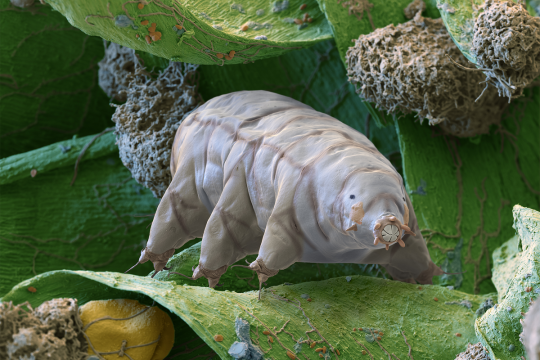
(Image: an electron microscope image of a tardigrade standing on a bit of plant matter. This one has a closed mouth with a ring of triangular tooth-like structures. It also has two simple eyes that look like black dots. End ID)
The name "tardigrade" means "slow walker", which is fitting as, despite their eight legs, tardigrades have a slow and awkward gait. This is the result of their legs being unjointed, only able to pivot at their connection to the body. Their gait has been compared to that of bears, hence why they are often called water bears and their discoverer, Johann August Ephraim Goeze, called them "kleiner wasserbär", meaning "little water bear". Tardigrades are found worldwide and have inhabited virtually every habitat, from the tops of mountains to the deep sea, from hot springs to the antarctic, from freshwater to saltwater. The one thing they have in common is a need to stay wet. Tardigrades can survive out of water as long as they can stay moist and are often found in mosses, hence another common name: moss piglets. The majority either eat plants or bacteria, but some will feed on smaller tardigrades or other micro-animals. Their famous survivability makes it easy for tardigrades or their eggs to be carried to new habitats by larger animals or other phenomena. Tardigrades are one of the first micro-animals to colonize a new habitat and they are a pioneer species, the first species to colonize a new environment and whose presence makes that environment fore suitable for other species to follow. Tardigrades are a major food source to other micro-animals and larger organisms. Most species have distinct males and females, though a few reproduce through parthenogenesis. In most cases, molting female will lay her eggs in her shed cuticle and males will them fertilize them. Other species have a form of internal reproduction. Males and females will court each other before mating and females will usually allow multiple males to fertilize her eggs. Female tardigrades are typically larger and more abundant than males. Eggs can take up to 14 days (species dependent) before hatching. All tardigrades of the same species have the exact same number of cells as each other. They are also born with the same number of cells they will have as an adult. Their growth is driven by enlargement of the existing cells rather than cellular reproduction making new cells. The lifespan ranges between a few months to a few years, depending on species.

(Image: a color photo of a tardigrade. It is a pale, translucent white, making it hard to make out details. Its body is curved, with the front end pointing at the camera. It has two simple eyes. End ID)
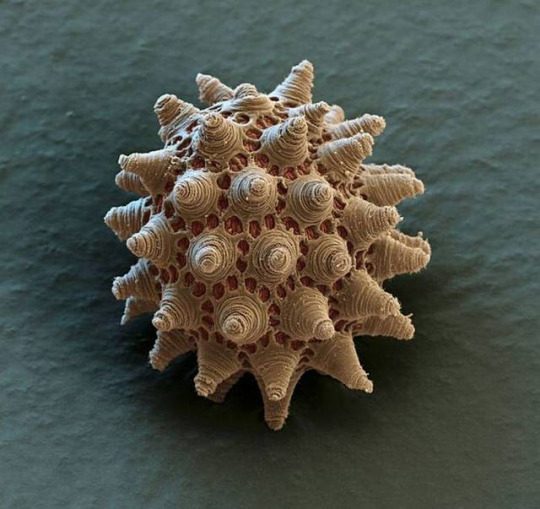
(Image: an electron microscope image of a tardigrade egg. It is round but covered in small pores and conical structures. End ID)
The most famous feature of tardigrades is their legendary durability. It is commonly said that tardigrades can survive just about anything (except for the things that are actually trying to kill them. They are prey to a lot of species after all). Among the things they can survive is extreme heat, extreme cold, dehydration, extremely high and low pressure, exposure to ionizing radiation (that's the scary kind), low oxygen environments, environmental toxins, heavy impacts, and the vacuum of fucking space. While the can survive in extreme conditions, tardigrades are not considered extremophiles. True extremophiles thrive in extreme environments and are negatively impacted by leaving them. Tardigrades can survive in extreme environments, but are negatively impacted and can't survive as well there as they can in less extreme places. The main trait that has allowed tardigrades to survive all five mass extinctions in history is cryptobiosis. Cryptobiosis is the rare ability for an animal to enter a state of dormancy where their metabolic processes come to an almost complete stop. While in cryptobiosis, metabolic activity drops to 0.01% normal and water content drops to 1% normal. In this state, the tardigrade is called a tun. Tardigrades usually enter cryptobiosis in response to arid conditions. One experiment showed that a species of tardigrade could last for at least 30 years in this state and return to normal lifestyle functions when exposed to water. Tardigrades will also enter cryptobiosis in response to low oxygen, toxic chemical exposure, increased or decreased temperature, and excessive salt content in the water. Tardigrades also show extreme resistance to both high and low pressure. They can live in 0 atmospheres of pressure and some species can survive up to 6,000 atmospheres, more than double the pressure at the bottom of the Marianas trench. More interesting is their ability to survive dangerous radiation. They can survive 1,000 times the dose of gamma radiation that humans can. Early tests focused on tardigrades in cryptobiosis and concluded that the extremely low water content of a cryptobiotic tardigrade doesn't leave much opportunity for the radiation to react with the animal. However it was later found that active and fully hydrated tardigrades are still considerably resistant to radiation. Studies into this resistance indicate that tardigrades can very efficiently repair damaged DNA and have unique proteins called Dsup that provides additional protection. Dsup introduced to human cells has provided additional protection against x-rays.
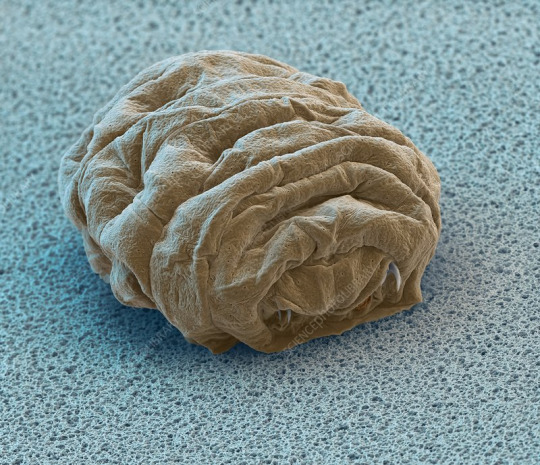
(Image: an electron microscope image of a tun - a tardigrade in cryptobiosis. It is smaller and very wrinkly, with the legs and mouth retracted into the body. End ID)
Tardigrades were the first animals to be exposed to the vacuum of space. They were exposed for 10 days, some in a state of cryptobiosis at the time of exposure and some still active. It was found that they were able to survive the vacuum when shielded from the sun's ultraviolet radiation, with those already in cryptobiosis doing better. Upon being rehydrated, many were able to resume normal life functions and successfully reproduce, though others died after being rehydrated. Those that were exposed to UV radiation fared much worse, with only a few hydrated individuals surviving. The individuals in cryptobiosis had a lower survival rate when exposed to UV than those not exposed to UV and were less successful at reproducing afterwards. Studies of tardigrade's space survival abilities and resistance to radiation could go a long way in helping human space travel. One of the largest dangers of space travel is that space is full of nasty radiation from the sun that Earth's magnetic field protects us from. Some scientists speculate about the possibility of accidentally seeding other planets or moons with tardigrades or other space-resistant organisms. This is a problem because introducing Earth life to other world has the potential to damage any native ecosystems and if we find life in space in the future we don't want to have to figure out if it's something we accidentally put there. While tardigrades could likely survive on other planets, they would eventually die without a food source. Some sources reported that tardigrades may have colonized the moon after an experiment with them crashed. Unfortunately, the moon is not crawling with tardigrades now. It's way too dry for them to exit cryptobiosis even if they survived the crash, which they probably didn't.
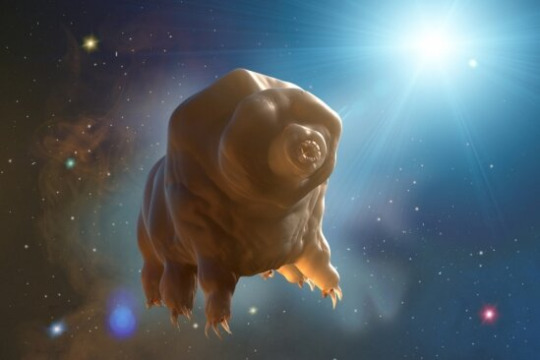
(Image: art of a tardigrade floating in the vacuum of space. End ID. Source: University of California - Santa Barbara)
#wet beast wednesday#tardigrade#water bear#moss piglet#micro animal#microbiology#marine biology#biology#zoology#ecology#animal facts#informative#science#space#astrobiology#radiation#cryptobiosis#tun#image described
155 notes
·
View notes
Text

Mosses don’t have roots! Instead they have structures we call rhizoids that help them attach to whatever they feel like growing on. This is why mosses can start growing weird places where there isn’t dirt, they get their nutrients from rainwater/mist/dew.
This is from a Tom Cardy music video
#moss#mosscore#botany#bryology#science#bryophyta#bryophytes#moss facts#botany facts#moss fact#botany memes#plant meme#moss memes#botany shitposts#Tom cardy
344 notes
·
View notes
Text
Moss facts: moss leaves are typically only one cell thick.
2 notes
·
View notes
Note
Sometimes ocs are the cause of a 14000 word Google doc that's less than a year old

yeah. it really do be like that. godspeed
#anonymous#not oc tag#moss answers#fun fact actually because of the way google docs works once you get into the hundreds of thousands it just starts bugging out#and becomes unusable
148 notes
·
View notes
Text
GUYS GUESS WHAT
I took my friend (who doesn't get out much and needs to have a quiet retreat space) to the library today.
I FORGOT HOW RAD THE LIBRARY IS.
-My library has private rooms with locking doors that you check out with your library card and then have keycard access to.
-These rooms are made of plexiglass for Obvious Reasons, but still. Rooms.
-I checked out a Lounge space and, guys, it's a balcony.
-It's over the main entrance to the library so you can see everyone coming in and out. The door locks so it's private, but it's also open air to the tall ceilings and has SO MUCH natural light.
-literally so much natural light the one exterior wall is floor-to-ceiling windows with a view over a fountain and a courtyard and the local shopping district. the sunset was rad.
-My laptop connected directly to the WiFi.
-There were so many people there! There are chairs spread throughout and a bunch of computers and people just chilled and hung out!
-My friend was thrilled to be able to navigate a quiet space with strangers who didn't speak to her, and then to have a retreat space.
-My library also has a Makerspace (!!!) and a Cricut machine (!!!) and I can email someone and get trained in how to use it!
-Someone was in the recording booth and I couldn't tell what she was reading but it sounded cool.
-There's a whole room along the side of the upstairs that's just for teens. Like literally just. The sign says that if you're not a teenager you should see the staff for other rooms. There wasn't anyone there when I stuck my head in but there's a giant whiteboard and orb-style chairs and
-sorry I forgot to mention that my balcony has not only a couch but also several big comfy chairs (like, I can sit on my chair and put my feet on it too and balance my book on my knees and it's STILL not too small of a chair) and a couple coffee tables and a corner where the sunlight isn't direct y'all it's so nice
-I'm so glad my tax dollars went to this, guys. We're stuck on campus for Thanksgiving break and we desperately needed to go somewhere that didn't cost money.
-for as much as I get on about the necessity of Third Spaces, you think I'd remember this.
-I also found out my friend likes Agatha Christie novels. She read me a section while I washed dishes tonight, and I think I'm gonna like them too.
#moss's musings#library#public library#go to the library#third space#solarpunk#kinda literally lol the amount of Vitamin D I got almost made up for the fact that it was dark at 5 pm#also they have a Craft and Chat on Monday nights and I've never been sadder to work on Monday nights.#the connections I could make!
303 notes
·
View notes
Text
The thing I adore about ww is the constant onslaught of odd facts from all characters, either due to the fact that they are inherently geeks, (Bartlet, Sam), the job requires they be overly informed (everyone, but CJ especially), and the fact that they are surrounded by each other sharing said info. The line “did you know” precedes some of my favorite bits.
#west wing#the west wing#aaron sorkin#sam seaborn#cj cregg#toby ziegler#josh lyman#donna moss#it’s at this point I’m realizing I don’t know Charlie’s last name#jed bartlet#leo mcgarry#s2e12 made me think of it but there was another that stood out and I can’t remember#they were passing around the fact like a hot potato
118 notes
·
View notes
Text


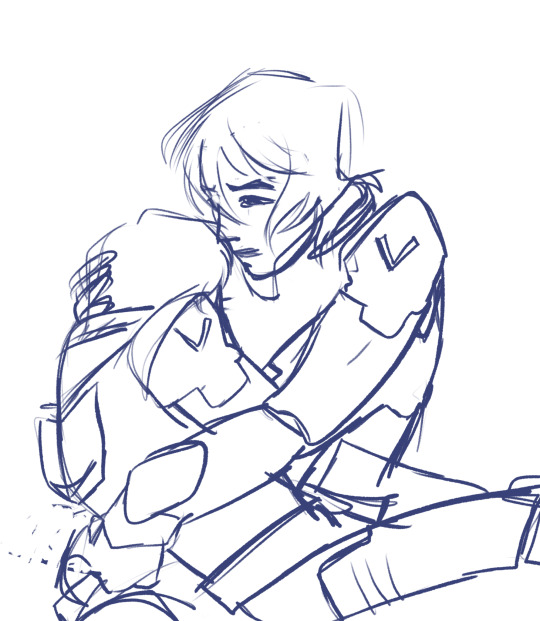



Big ahh doodle dump
#in fear of college move out my mind has regressed to eighth grade#and this was the result#klance#voltron#klance au#klance mermaid au#klance beauty and the beast au#fun fact at like 13 I posted a klance comic on insta called beauty and the Keith#still the funniest thing I’ve done to date#keith kogane#lance mcclain#keith x lance#voltron legendary queerbait#moss draws
215 notes
·
View notes